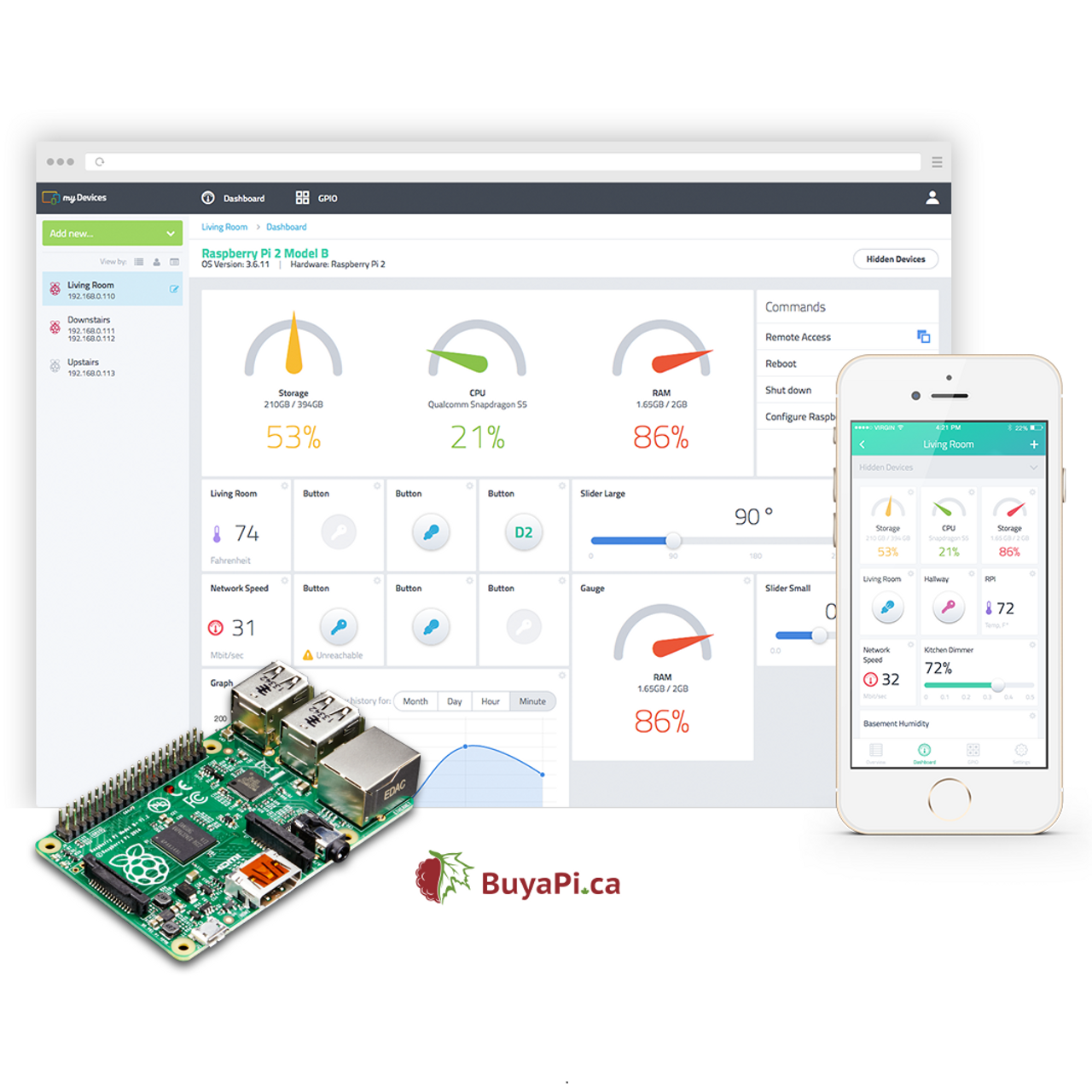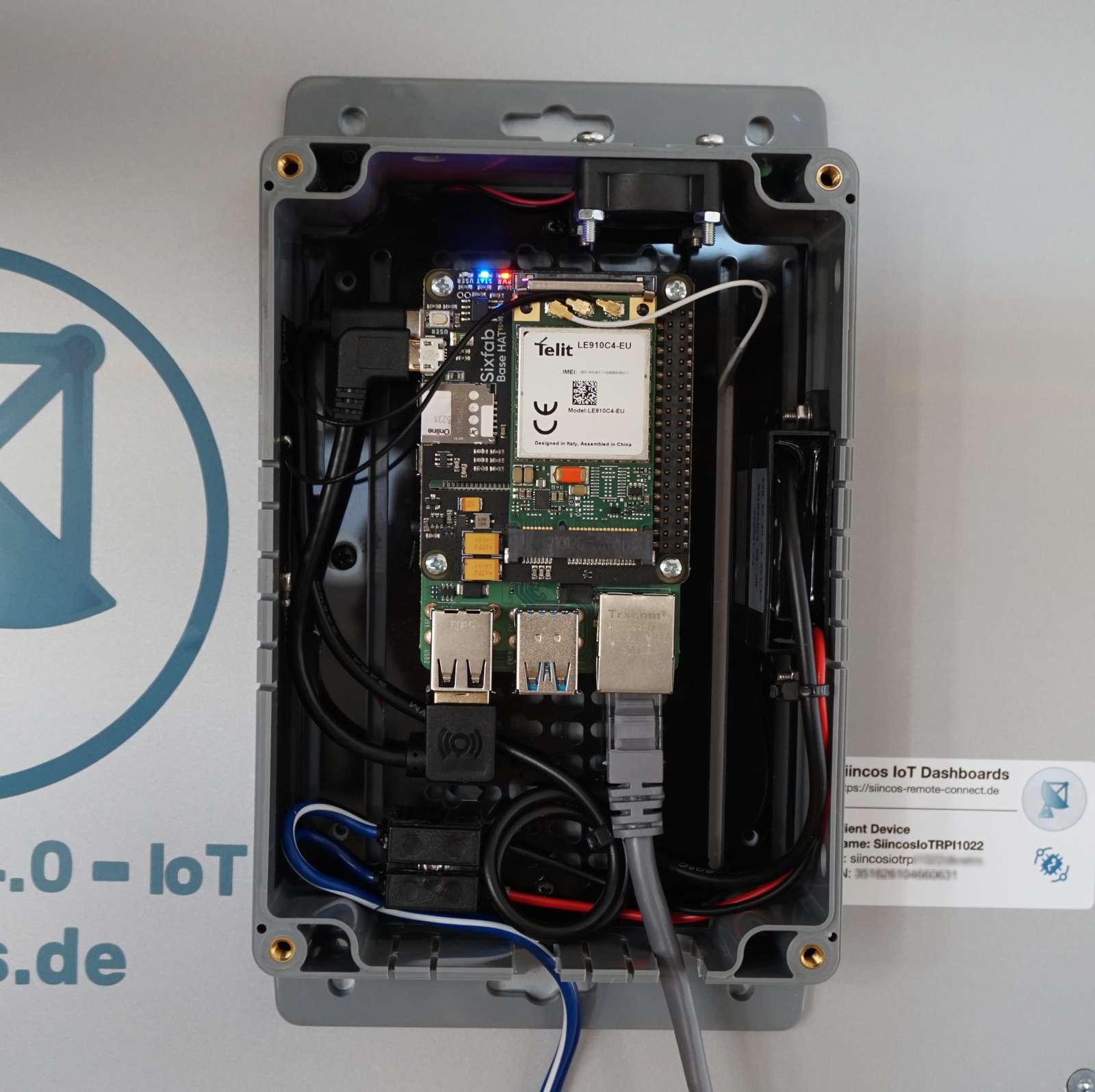Hey there, tech enthusiasts! Let’s cut straight to the chase. If you’re reading this, chances are you’re diving deep into the world of IoT (Internet of Things) and Raspberry Pi. And guess what? You’re in the right place. In this ultimate guide, we’ll break down everything you need to know about free remote IoT platforms and how to set up SSH keys for your Raspberry Pi. No fluff, just pure, actionable insights!
Imagine having the ability to control your Raspberry Pi remotely, whether you're at home, on vacation, or chilling at a café. Sounds pretty sweet, right? Well, it’s not just a dream—it’s a reality! By leveraging the power of free remote IoT platforms and SSH keys, you can unlock a whole new level of control and flexibility for your projects. Stick around, and we’ll show you how!
This guide is packed with practical tips, step-by-step instructions, and insider secrets to help you master the art of remote access for your Raspberry Pi. So, grab your favorite beverage, and let’s dive in!
What is a Free Remote IoT Platform?
Alright, let’s start with the basics. A free remote IoT platform is essentially a cloud-based service that allows you to connect, monitor, and manage your IoT devices remotely. Think of it as a virtual bridge between your Raspberry Pi and the internet. These platforms provide a range of features, from data visualization to device management, all without breaking the bank.
Here are some of the top benefits of using a free remote IoT platform:
- Cost-Effective: Who doesn’t love saving money? Free platforms eliminate the need for expensive infrastructure.
- Scalability: Whether you’re managing one device or a hundred, these platforms grow with you.
- Security: Many platforms come with built-in security features to protect your data and devices.
- Community Support: You’ll have access to a vibrant community of developers and enthusiasts who can help troubleshoot issues.
Now, before we move on, let’s talk about why Raspberry Pi is such a game-changer in the IoT world. With its compact size, affordability, and versatility, it’s the perfect device for experimenting with IoT projects. And when paired with a free remote IoT platform, the possibilities are endless!
Why SSH Keys Are Crucial for Raspberry Pi
SSH keys might sound intimidating, but trust me, they’re your best friend when it comes to securing your Raspberry Pi. Unlike traditional passwords, SSH keys provide a more secure and convenient way to authenticate your device. Here’s why:
First off, SSH keys are virtually impossible to crack. They use complex encryption algorithms that make brute-force attacks a non-starter. Plus, once you’ve set up an SSH key, you won’t have to worry about remembering complicated passwords. It’s like having a digital key that unlocks your Raspberry Pi whenever you need it.
Here’s a quick rundown of the advantages of using SSH keys:
- Enhanced Security: Protect your device from unauthorized access.
- Convenience: No more remembering passwords or worrying about forgetting them.
- Automation: SSH keys make it easier to automate tasks and scripts.
- Reliability: SSH connections are more stable and less prone to errors.
So, whether you’re managing a single Raspberry Pi or a fleet of devices, SSH keys are a must-have tool in your arsenal.
Choosing the Right Free Remote IoT Platform
With so many free remote IoT platforms out there, how do you choose the right one for your needs? Fear not, we’ve got you covered. Here are some of the top platforms to consider:
Platform 1: Blynk
Blynk is a popular choice among IoT enthusiasts thanks to its user-friendly interface and robust feature set. It allows you to create custom dashboards, control devices remotely, and even integrate with third-party services like Google Assistant and Alexa.
Platform 2: Thinger.io
Thinger.io is another great option for those looking for a free remote IoT platform. It offers a wide range of features, including device management, data visualization, and cloud storage. Plus, it’s open-source, which means you can customize it to fit your specific needs.
Platform 3: Adafruit IO
Adafruit IO is perfect for beginners who want to dive into the world of IoT without getting overwhelmed. It provides a simple and intuitive interface, along with a ton of tutorials and resources to help you get started.
When choosing a platform, consider factors like ease of use, feature set, and community support. Remember, the best platform is the one that aligns with your goals and skill level.
Setting Up SSH Keys for Raspberry Pi
Now that you know why SSH keys are important, let’s walk through the process of setting them up for your Raspberry Pi. Don’t worry, it’s easier than it sounds!
Step 1: Generate an SSH Key
Open your terminal and type the following command:
ssh-keygen -t rsa -b 4096 -C "your_email@example.com"
This will generate a new SSH key pair. Make sure to save the key in a secure location.
Step 2: Copy the Public Key
Once your key is generated, you’ll need to copy the public key to your Raspberry Pi. Use the following command:
ssh-copy-id pi@your_raspberry_pi_ip
Step 3: Test the Connection
Finally, test the connection by typing:
ssh pi@your_raspberry_pi_ip
If everything is set up correctly, you should be able to log in without entering a password. Pretty cool, right?
Tips for Securing Your Raspberry Pi
While SSH keys are a great first step in securing your Raspberry Pi, there are a few other things you can do to keep your device safe:
- Change the Default Password: Never leave the default password unchanged. Create a strong, unique password for your device.
- Disable Root Login: Root accounts are a prime target for hackers. Disable root login to reduce the risk of unauthorized access.
- Update Regularly: Keep your operating system and software up to date to patch security vulnerabilities.
- Use a Firewall: A firewall can help block unwanted traffic and protect your device from attacks.
By following these tips, you’ll be well on your way to creating a secure environment for your Raspberry Pi.
Exploring Advanced Features of Free Remote IoT Platforms
Once you’ve got the basics down, it’s time to explore some of the advanced features that free remote IoT platforms have to offer. Here are a few to keep in mind:
Data Visualization
Most platforms provide tools for visualizing data collected from your IoT devices. This can help you identify trends, patterns, and anomalies in your data.
Device Management
Managing multiple devices can be a challenge, but with the right platform, it’s a breeze. Look for features like device grouping, firmware updates, and remote troubleshooting.
Automation
Automation is where the real magic happens. With the right platform, you can automate tasks like sending notifications, controlling devices, and even triggering actions based on specific conditions.
By leveraging these advanced features, you can take your IoT projects to the next level and unlock new possibilities.
Real-World Applications of Free Remote IoT Platforms
So, how are people actually using free remote IoT platforms in the real world? Let’s take a look at a few examples:
Smart Home Automation
From controlling lights and thermostats to monitoring security cameras, IoT platforms are revolutionizing the way we interact with our homes.
Agriculture
Farmers are using IoT devices to monitor soil moisture, weather conditions, and crop health, leading to more efficient and sustainable farming practices.
Healthcare
In the healthcare industry, IoT devices are being used to monitor patients remotely, collect vital signs, and alert caregivers in case of emergencies.
These are just a few examples of how IoT platforms are being used to solve real-world problems. The potential applications are virtually limitless!
Common Challenges and How to Overcome Them
As with any technology, there are bound to be challenges along the way. Here are a few common issues you might encounter and how to overcome them:
Connection Issues
If you’re having trouble connecting to your Raspberry Pi, make sure your network settings are correct and try restarting your router.
Security Concerns
Always use strong passwords, enable two-factor authentication, and keep your software up to date to minimize security risks.
Device Compatibility
Not all devices are created equal. Make sure your Raspberry Pi is compatible with the IoT platform you choose to avoid compatibility issues.
By staying proactive and addressing these challenges head-on, you’ll be able to enjoy a seamless experience with your IoT projects.
Conclusion
And there you have it, folks! A comprehensive guide to free remote IoT platforms and SSH keys for Raspberry Pi. Whether you’re a seasoned pro or a complete beginner, there’s something in here for everyone. By following the steps outlined in this guide, you’ll be well on your way to mastering the art of remote access and IoT management.
So, what are you waiting for? Get out there and start building your dream projects. And don’t forget to share your experiences in the comments below. We’d love to hear how you’re using IoT platforms and SSH keys to bring your ideas to life!
Table of Contents
- What is a Free Remote IoT Platform?
- Why SSH Keys Are Crucial for Raspberry Pi
- Choosing the Right Free Remote IoT Platform
- Setting Up SSH Keys for Raspberry Pi
- Tips for Securing Your Raspberry Pi
- Exploring Advanced Features of Free Remote IoT Platforms
- Real-World Applications of Free Remote IoT Platforms
- Common Challenges and How to Overcome Them
- Conclusion


